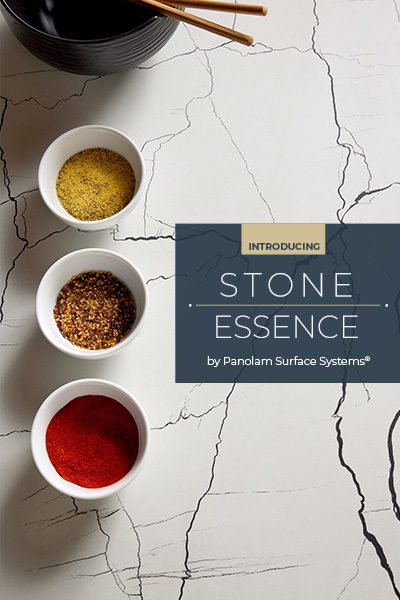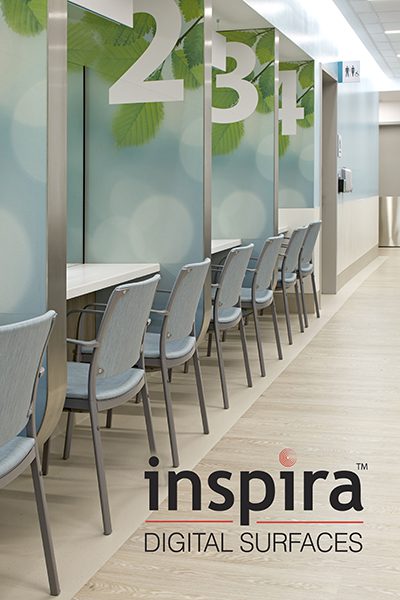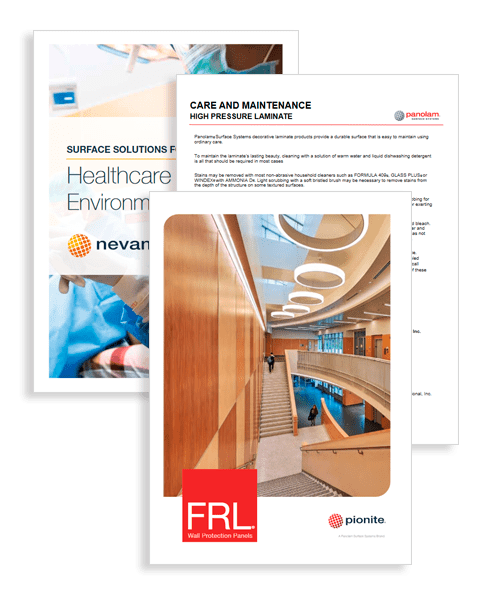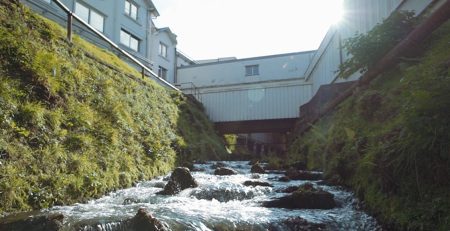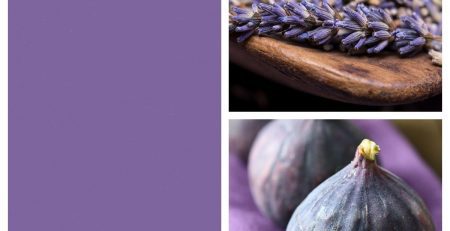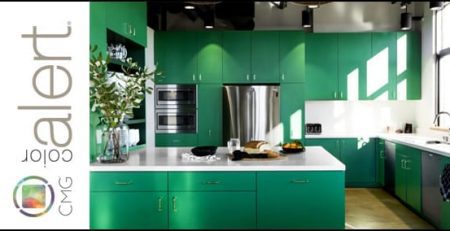Nevamar’s new Walk in the Woods collection. A responsible focus on non-exotic wood species.
The new Nevamar® Walk in the Woods Collection presents a refined and modern collection of woodgrains and solid laminates. Each woodgrain pattern within the collection is highly recognizable and offers the tactile reference that emulates real wood.
Designed with sustainability in mind, this collection captures the essence of select woodgrains that are neither exotic nor endangered, and are indigenous to North America’s sustainably managed forests. The collection’s intent is to discourage the use of endangered timber species. Correspondingly, all Nevamar laminates are specifiable as FSC® certified (FSC-C015851).
In a world increasingly concerned with environmental sustainability, the use of natural resources has come under scrutiny. One area that has drawn particular attention is the use of wood in construction and interior design. While wood is a versatile and aesthetically pleasing material, its exploitation can pose significant threats to biodiversity and ecosystems, most notably to endangered or exotic wood species.
The pursuit of exotic wood species’ alluring unique grains and colors often comes at a steep price for the environment. The harvesting of endangered or exotic wood species can lead to deforestation, habitat loss, and the disruption of delicate ecological balances.
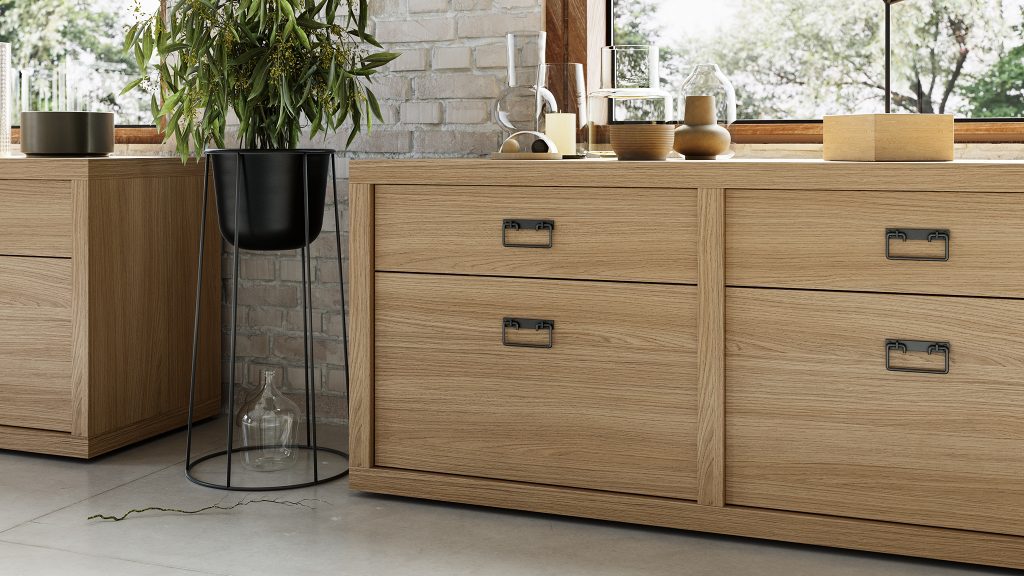 Deforestation, the clearing of forests, is a major contributor to climate change and biodiversity loss. Forests play a crucial role in absorbing carbon dioxide, regulating temperatures, and providing habitat for a vast array of plant and animal species. Deforestation depletes these essential resources and disrupts the delicate balance of ecosystems.
Deforestation, the clearing of forests, is a major contributor to climate change and biodiversity loss. Forests play a crucial role in absorbing carbon dioxide, regulating temperatures, and providing habitat for a vast array of plant and animal species. Deforestation depletes these essential resources and disrupts the delicate balance of ecosystems.
Further, the harvesting of exotic wood species often involves unsustainable practices, such as illegal logging and overexploitation. These practices can lead to the depletion of valuable natural resources and the impoverishment of local communities that rely on forests for their livelihoods.
Consequently, the use of imitation surfacing materials has emerged as a viable and sustainable alternative to real wood. High Pressure Laminates (HPLs) and veneers, sourced from well-managed forests, can replicate the appearance and texture of wood without the detrimental impact on forests and ecosystems.
HPL materials offer several advantages over real wood. They are often more durable, resistant to moisture and scratches, and easier to maintain. Additionally, imitation surfacing materials often are manufactured with recycled materials, further reducing their environmental footprint.
The choice of materials used in construction and interior design has a profound impact on the environment. Architects, Designers, Specifiers and Homeowners can make a difference through their choice of imitation rather than real wood products. Promoting the use of endangered or exotic wood, even in imitation surfacing materials has the consequence of creating further demand for unsustainable real wood species. As consumers, we have the power to influence the market and drive demand for sustainable products.

